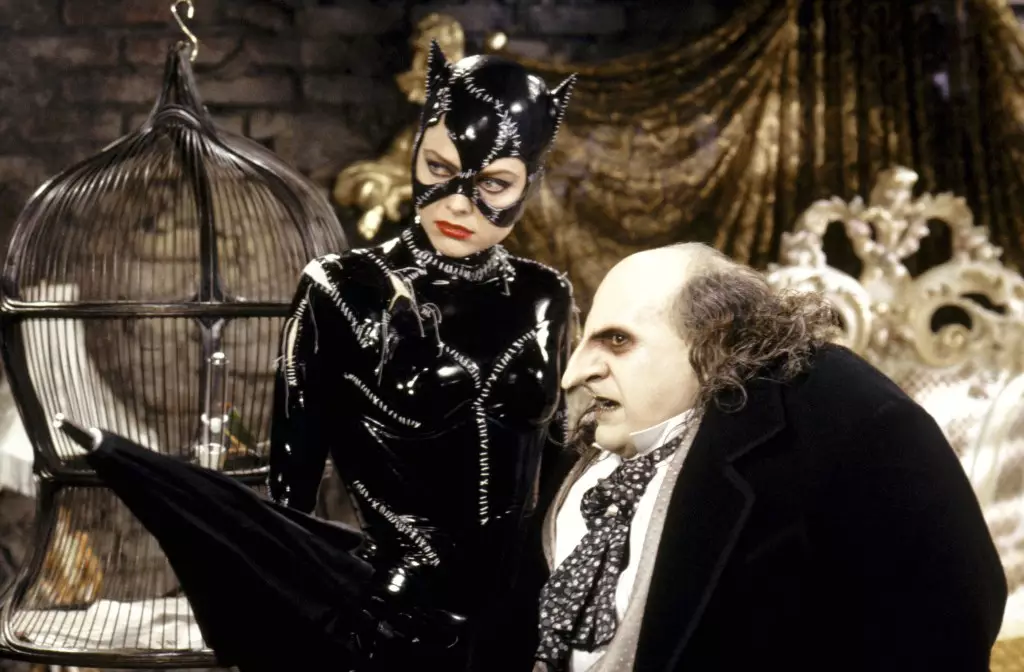When it comes to the proposed “Catwoman” spinoff from the 1992 film Batman Returns, screenwriter Daniel Waters reveals there were two distinct visions at play. Speaking at a December 22 Los Angeles screening of the film, Waters shared that director Tim Burton wanted to pay homage to a classic horror film and create an intimate drama shot in black and white inspired by Jacques Tourneur’s Cat People. On the other hand, Waters had a different idea, envisioning a satirical take in which Catwoman moves to Los Angeles and confronts three corrupt superheroes.
Conflicting Metaphors
The clash between Burton and Waters was rooted in their contrasting ideas of what the spinoff should be. While Burton aimed for a low-budget black and white film, emphasizing Selina Kyle’s quiet existence in a small town, Waters wanted to explore the metaphor of Batman within the context of a Los Angeles version of Gotham City. His script presented a biting critique of corrupt superheroes, foreshadowing the themes later explored in the popular series “The Boys.” Unfortunately, Burton grew exhausted reading Waters’ script and the two failed to find common ground.
Waters also revealed that the original draft of Batman Returns contained numerous jabs at the previous Burton Batman film from 1989, which Waters himself candidly admitted “sucks.” However, star Michael Keaton, who played Batman, recognized the cleverness of the jibes and advised Waters to remove them. Keaton’s input highlighted the need for cohesion within the Batman universe and the importance of preserving the integrity of the previous films.
Perhaps one of the most surprising admissions by Waters was the lack of research done by both him and Burton into the Batman comics. As Waters reflected on the process, he acknowledged that he and Burton “didn’t really understand the whole comic book thing” and were seemingly unaware of the rich history and mythology surrounding Batman villains. This lack of familiarity with the source material resulted in an unconventional take on the Batman canon, which, while criticized by passionate Batman fans at the time, would later become more commonplace as the franchise expanded.
Waters shared that Batman Returns received backlash from fans who were not ready for such a departure in only the second Batman film. However, now, with the proliferation of Batman movies, Waters believes their unconventional and off-road approach would have been better received. The film’s unique take on Catwoman and the Batman mythos ultimately paved the way for a more daring and experimental future of the franchise.
The behind-the-scenes revelations provided by Daniel Waters offer a fascinating look into the creative process behind Batman Returns. The clash of visions, the need for cohesion, and the unforeseen impact on the franchise all serve as valuable lessons. As the Batman universe continues to evolve on the big screen, these insights remind us of the importance of staying true to the source material while also allowing for bold and imaginative interpretations.


Leave a Reply